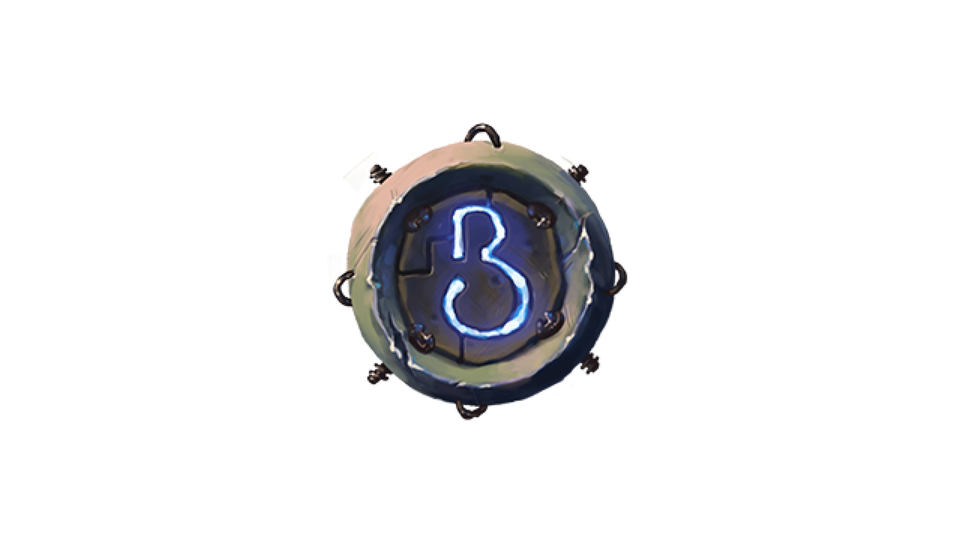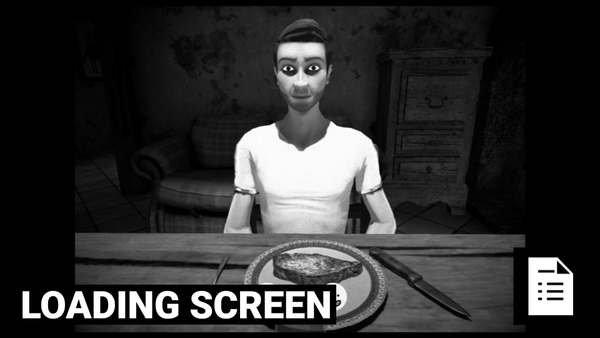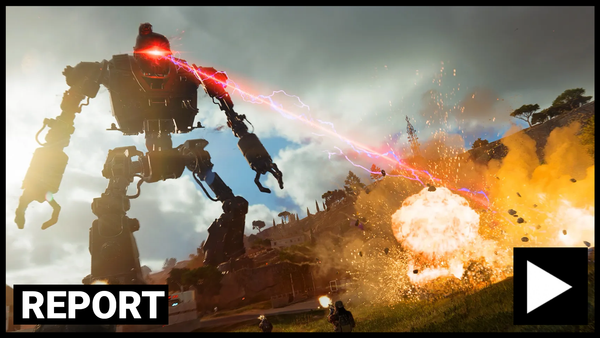Bellular News Correction Process
This weekend, a News Channel Video was published that didn't align with our principles on coverage, due to a time lag between creation/publishing. It is being reworked. As a result, we're publishing our internal corrections process so how we handle these problems is clear going forwards.

This weekend, a video was published on the news channel that didn't align with how we want to handle news coverage, due to a time lag between creation and publishing.
The video was pulled down when this became apparent based on audience responses.
We're now in the process of updating the video in question to address the comments and concerns of those who felt we had done a disservice to the topic, and this will be published in due time.
As a sign of how seriously we take this, we're publicly publishing our internal corrections process so that you can see how we handle these types of concerns going forwards.
Editorial Checks and Correction Process
Mistakes Happen!
This process codifies identifying and fixing them when they turn up.
Owning and responding to these mistakes is equally as important as fixing them.
Doing so will reinforce our credentials and ethical standing - and gives our audience more confidence that we care about getting things right as much as we can.
So breaking it down here by roles and responsibilities within the production pipeline - as these are neutral and should apply across news videos and written content.
The Correction Process is also included - detailing the way in which these corrections should be handled at each stage.
Writer:
- Writer should double source or originally source everything - this must be verifiable through source links stored in the document.
- These sources should then be listed in the description of any video for visibility purposes
- If something isn't verifiable, it shouldn't be in the document as a matter of course.
- Sometimes less solid sources might be required as context for a story - however anything that we can't guarantee should be firmly framed as speculation or unverified and labelled as such both in document and in video.
- If recordings are happening during regular work hours, it's the writers responsibility to ensure that the documents are as up to date as possible with any developments prior to recording.
- Post recording/pre-publishing - if a writer identifies an update or correction to a video topic, they have a responsibility to call this out to initiate the correction process.
Host:
- The Host should not be required to make corrections to documents as a matter of course.
- When they take ownership of a document for the recording process, they should be able to trust that all information within the document is complete and accurate and current.
- However - they should still review the document themselves as part of their wider pre-recording prep in order to allow for Human Error to be captured.
- If any questions or doubts are present about content in the document - these should be discussed with the writer.
- In the event that a document is being recorded outside regular working hours however - the host should be double checking the information within the document to ensure there are no additional updates to the sources.
- This allows for any time lag between writing and recording to be mitigated in terms of risk.
- In addition - where a host is recording a video and makes any change to the information contained in the document, this should be flagged for the benefit of the writer.
- This allows for:
- Updates to the writer’s knowledge with any missed information (which will mitigate risk going forward)
- The writer to update public sources according to any changes in the document.
- Post recording/pre-publishing - if a Host identifies an update or correction to a video topic, they have a responsibility to call this out to initiate the correction process.
Editor:
- Editors should not be required to make corrections to videos as a matter of course.
- When ownership of a recording is passed to them, they should be able to trust that all information is complete and accurate and current.
- However - they should still review the footage themselves as part of their wider work in order to allow for Human Error to be captured.
- If any questions or doubts are present about content in the footage - these should be discussed with the writer/host respective to where the issue arises.
- Where an issue is identified and escalated prior to publishing - if an editor identifies an update or correction to a video topic, they have a responsibility to call this out to initiate the correction process.
Publishing:
- Publishing should not be required to make corrections to videos as a matter of course.
- When ownership of an Edited Video is passed to them, they should be able to trust that all information is complete and accurate and current.
- However - they should still review the footage themselves as part of their wider work in order to allow for Human Error to be captured.
- If any questions or doubts are present about content in the video - these should be discussed with the Writer/Host/Editor respective to where the issue arises.
- Where an issue is identified and escalated prior to, or post, publishing - Publishing have a responsibility to call this out to initiate the correction process.
Subcontractors:
- Where subcontractors take the place of any of the above roles - these should be considered in line with that role.
- Where there are requirements for amendment - these should be passed to the appropriate contact for the contractor for the purpose of amendment and feedback in line with their own internal processes.
The Correction Process:
- The Correction Process will be dependent on when and how an issue is identified - and the stage of production that a video is at.
- If an issue is identified:
- Prior to Recording:
- This should be amended by the Writer/Host - with clear feedback given in the latter instance to ensure the issue is not repeated.
- Post Recording/Pre-Publishing:
- If information can be cut from a video with no adverse impact - it should have this done by the Editor - who should provide clear comment to the writer/host to avoid further issues.
- If information cannot be cut from a video without adverse impact - it should be considered for commentary or re-recording by the host depending on the severity of the correction required.
- If the correction required is something that can be clarified via an in video text line - this should be considered with the views of the Host/Writer and added by the Editor accordingly.
- If the correction is something that cannot be clarified via an in video text line - this should be considered with the views of the Host/Writer and where possible - further recordings should be undertaken to amend.
- Post Publishing:
- If information in a specific section can be cut from a video with no adverse impact - it should have this done by Publishing - who should provide clear comment to the writer/host on the video project to avoid further issues.
- In addition - depending on the timeframe in which this is identified, a pinned comment should be considered for the video to highlight the fix and take ownership.
- This is especially relevant where comments on the video are addressing the problem - as at that point it has also been identified by the audience.
- If information cannot be cut from a video without adverse impact on the video as a whole - this decision should be taken by Publishing as to whether the video needs to be pulled from the platform/made private.
- Regardless of this decision - appropriate action should be taken with either pinned comments or a community post alongside a full correction and update video to be recorded.
- If information in a specific section can be cut from a video with no adverse impact - it should have this done by Publishing - who should provide clear comment to the writer/host on the video project to avoid further issues.
- Prior to Recording:





